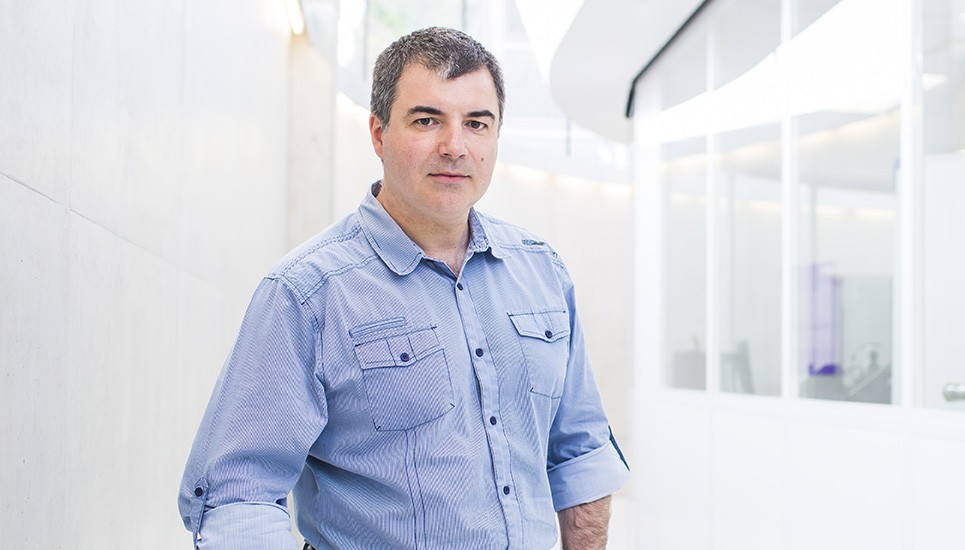Graphene will help in Covid fight, says Nobel Laureate
Graphene is set to play an important role in combating Covid-19 - from improving personal protective equipment (PPE), to helping in the development of diagnostic devices and smart medical clothing, according to graphene pioneer and Nobel Prize winner Professor Kostya Novoselov.
Professor Novoselov - who with Professor Andre Geim was awarded the Nobel Prize for Physics 10 years ago this month for their work to isolate graphene - says scientists from across the world are committed to ensuring advanced materials are used to help fight the pandemic.
“It is crucially important to develop the vaccine against the virus – but, in the meanwhile, we need to apply all the possible measures to minimise the spread of the virus,” he said.
He made his comments after the release of a co-authored academic study that focuses on the development of PPE in the context of safeguarding key workers from viral infection.
“Our task is to make those ‘graphene helpers’ as efficient as possible,” he added. “I don’t think graphene is a panacea, but it holds a number of attractive characteristics and it definitely will be used - and, in fact, already is being used - to fight the virus, either in diagnostics or in protective gear or as an active ingredient.”
An international team of researchers has reviewed the most advanced antimicrobial finishes on fabrics to protect the wearer against contamination, including the use of graphene. The survey also examined the role of graphene in adoption of wearable textiles.
Smart fabrics
Separate to this study Professor Henry Yi Li, Chair of Textile Science and Engineering at The University of Manchester, agrees that the use of fabrics will have a key role in helping safeguard us from Covid-19.
Professor Yi Li (pictured), who specialises in designing next-generation face masks, PPE and smart textiles, says wearable technology also has a vital role to play in “detection, testing and diagnosis”.
Professor Yi Li explains that by combining e-textile antennas and fabric sensors that feature graphene or other 2D materials, it is possible to create a wearable device to monitor different types of physiological health indicators, such as breathing rates, heart rates, body temperature and sweating rates.
This biodata could then be assessed and results fed back to an individual using an appropriate mobile phone app linked to a cloud-based digital health service.
This type of future technology would be helpful to monitor an individual’s wellbeing and also, if permission were given, the data could be used more widely to provide public health observers with real-time indicators on the potential spread or retreat of a virus and help them better manage the public health response.
Advanced materials is one of The University of Manchester’s research beacons - examples of pioneering discoveries, interdisciplinary collaboration and cross-sector partnerships that are tackling some of the biggest questions facing the planet. #ResearchBeacons.
Find out more about how the university's Faculty of Science and Engineering is responding to the Covid-19 pandemic on our microsite.


